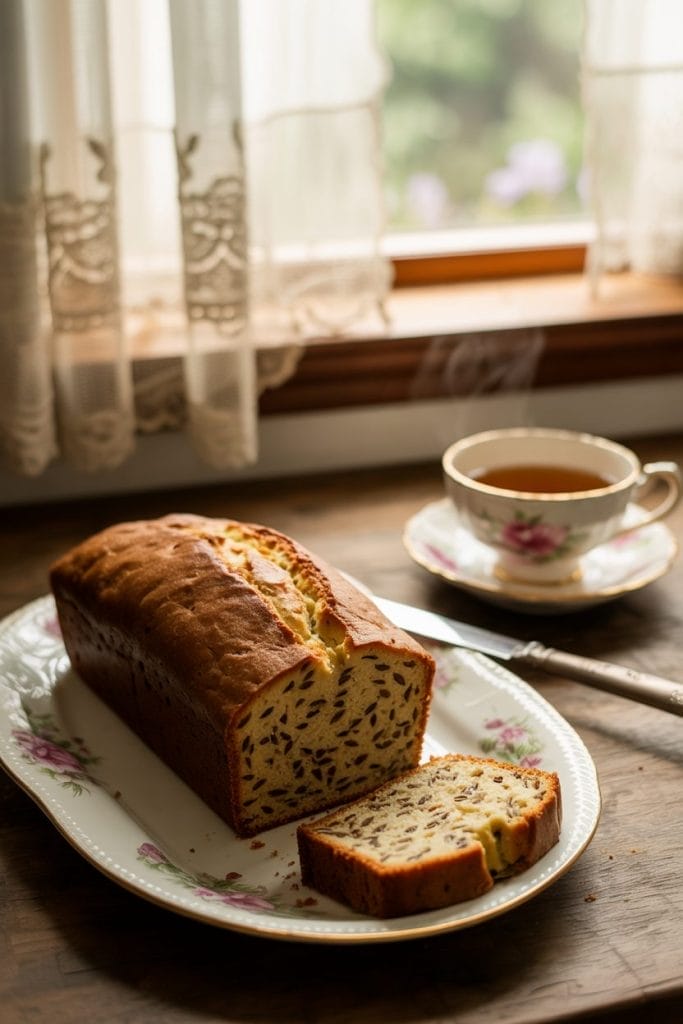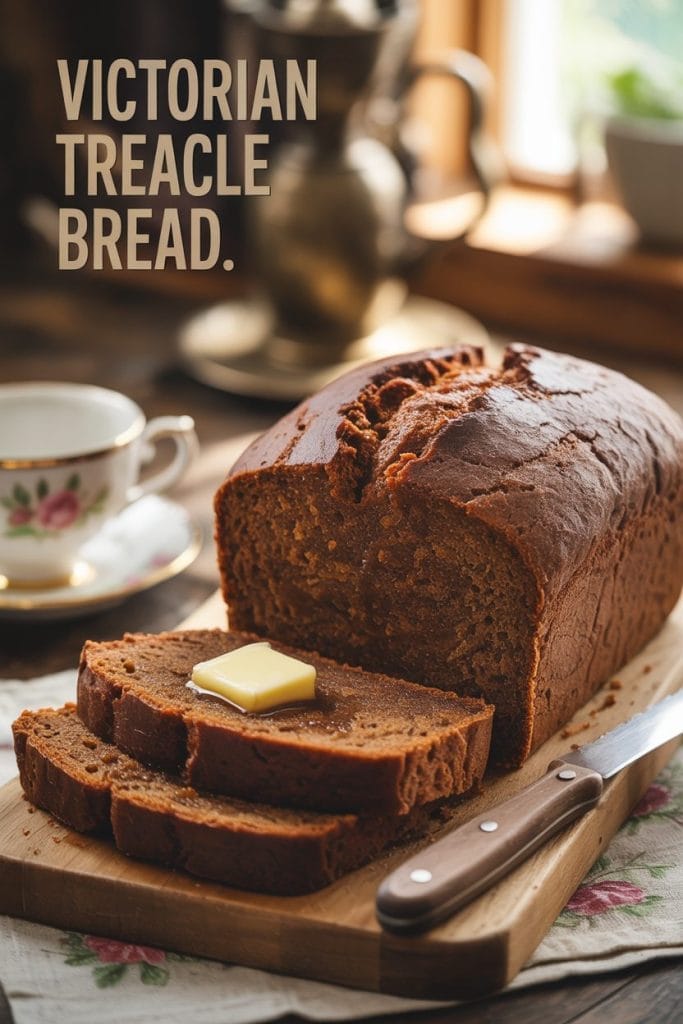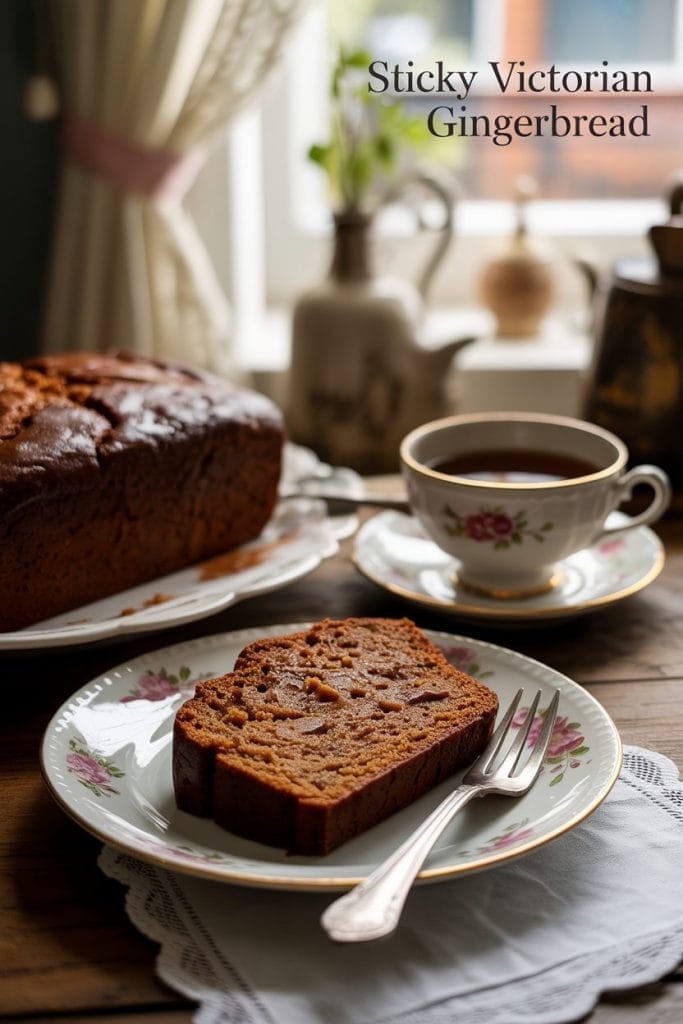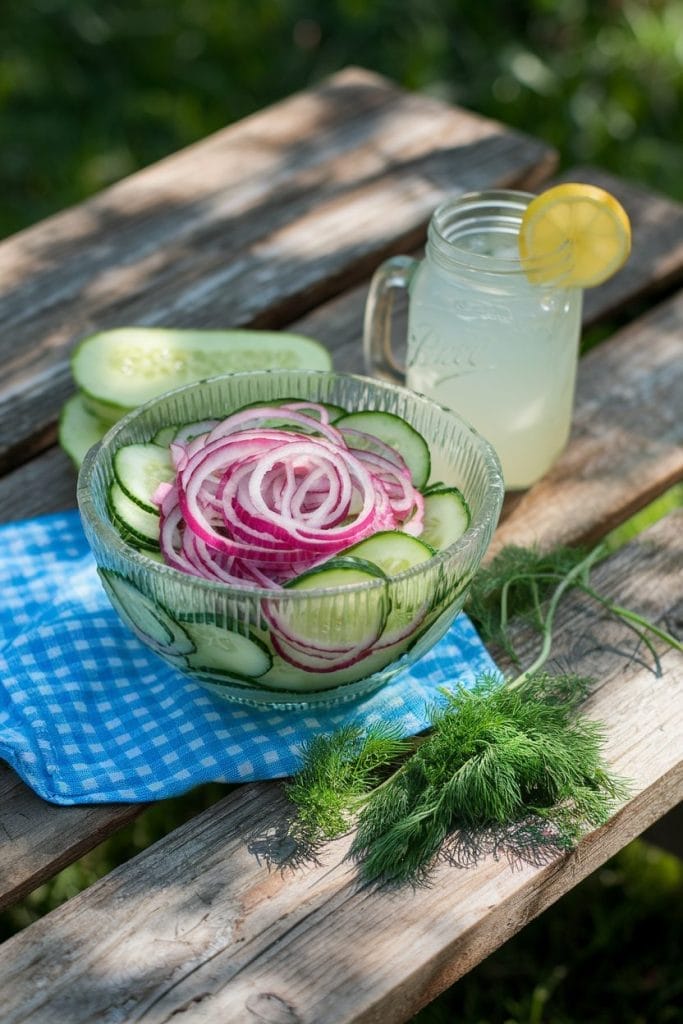I Made These FREE Vintage Recipe Tools JUST For You
This recipe was created with help from AI tools and carefully reviewed by a human. For more on how we use AI on this site, check out our Editorial Policy. Classic Fork earns a small commission from Amazon and other affiliate links at no extra cost to you, helping us keep our content free and honest.
Make the Most of Leftovers: 5 WWII-Style Zero-Waste Recipes
Time Period:
Meal Type:
During World War II, food wasn’t just about nourishment—it was about survival and resourcefulness. Rationing shaped how families cooked, forcing them to get creative with every scrap. Nothing went to waste, and leftovers became the foundation for entirely new meals.
These recipes weren’t just practical; they reflected a spirit of resilience. Across nations like the UK, the US, and Canada, households turned food shortages into opportunities for innovation. The dishes weren’t fancy, but they were filling, economical, and rooted in a zero-waste mindset.
Here are five recipes that made the most of leftovers during WWII, showcasing how people turned scraps into satisfying meals with a touch of ingenuity.

What Would You Cook in Wartime?
Step back in time and discover what you could make with limited wartime rations
1. Wartime Potato Cakes
Potato cakes were a symbol of resourcefulness, turning leftover mashed potatoes into something entirely new. Leftover scraps like chopped onions, carrots, or cabbage were mixed in, ensuring that every bit of food was used rather than wasted.
In the UK, where potatoes were abundant due to rationing, these cakes became a dinner staple. The Ministry of Food encouraged such recipes to promote zero waste. Housewives often fried these cakes, creating a crispy exterior that gave new life to otherwise bland leftovers.

2. Mock Turtle Soup
Mock turtle soup epitomized making the most of meat scraps and leftovers. Traditionally made with calves’ head or offal, wartime versions substituted leftover bones, cheap cuts, and vegetable scraps to replicate the rich texture of the original dish.
This recipe reflected the British wartime mindset of using every part of an ingredient, ensuring nothing went to waste. It was especially common in urban households, where families needed to stretch their limited rations creatively.

3. Victory Garden Stew
Victory garden stew made leftover vegetables the star of the meal. Families would collect small portions of unused greens, peels, and stems from the week’s meals to create a hearty, flavorful pot of stew. Nothing was discarded if it could be boiled down and seasoned.
This dish was common across the US, UK, and Canada, where people relied on home gardens for sustenance. Even potato skins, carrot tops, and slightly wilted greens were included, proving that no part of a vegetable was too small to contribute to dinner.
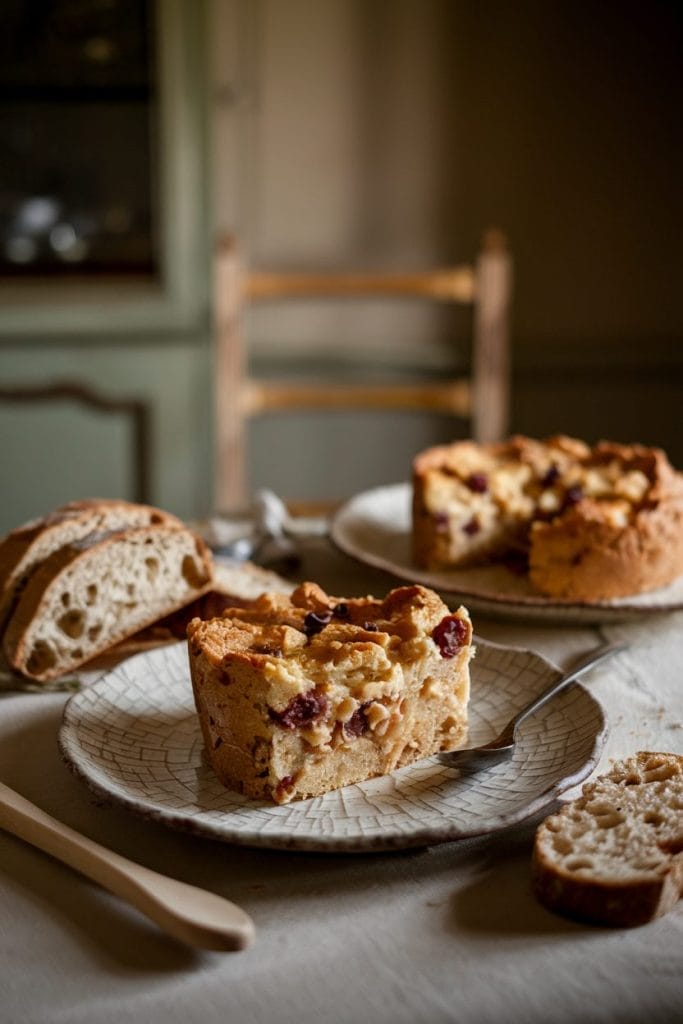
4. Bread Pudding
Bread pudding transformed stale or leftover bread into a comforting dessert, embodying the zero-waste ethos of wartime. Leftover crusts, heels, and even crumbs were soaked in milk to soften them, then baked with a bit of sugar or dried fruit for flavor.
This recipe was especially popular in the UK and the US, where bread was a rationed staple. Families treasured it for its ability to turn food scraps into something sweet and satisfying, often as a treat to lift spirits after a long day.
5. Meatless Hash
Meatless hash was a masterclass in repurposing leftovers. Bits of cooked vegetables, day-old potatoes, stale bread, or grains were fried together in a single skillet. This made use of small portions that might otherwise have been thrown away.
Families in the US and UK relied on this recipe during “meatless days,” where rationing limited protein availability. Leftover drippings or fats from previous meals added richness, ensuring that nothing edible went unused. It was a dish that truly stretched the value of every ingredient.

Maggie Hartwell
Hi there, I’m Maggie Hartwell, but you can call me Maggie—the apron-clad foodie behind Classic Fork! I created Classic Fork because I’m convinced food has a way of telling stories that words can’t. So, grab a fork and dig in. The past never tasted so good!

